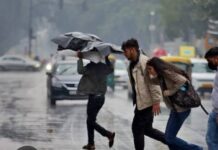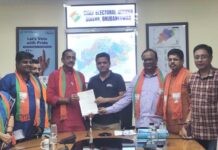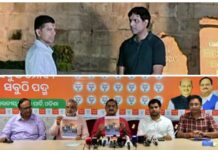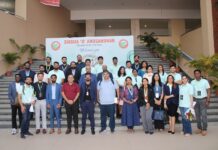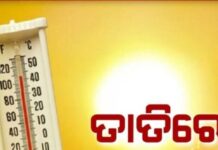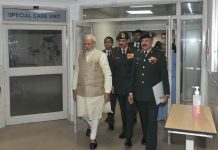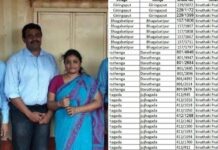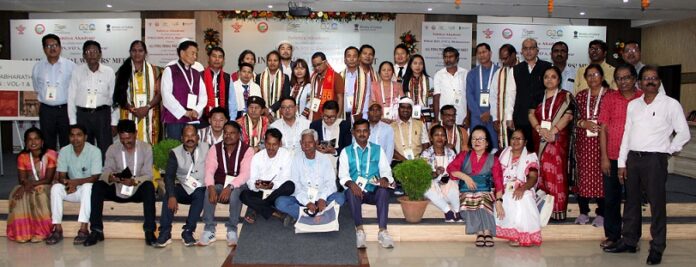
By Our Correspondent
BHUBANESWAR: The concern over the danger of tribal languages getting decimated continued to dominate the proceedings of the two-day All India Tribal Writers’ Meet, which concluded at Siksha ‘O’ Anusandhan (SOA) here on Thursday, with experts calling for a clear cut language policy aimed at preservation and promotion of tribal dialects.
Out of more than 6,000 languages spoken in the world, around 4,500 were indigenous languages which faced the risk of dying unnatural death due to several factors and pressures, Dr. Jagabandhu Samal, Professor in Tribal Studies at Council of Analytical Tribal Studies (COATS), Koraput, said.
Dr. Samal was speaking at one of the sessions of the meet titled ‘Preservation and Development of Indian Indigenous Languages’. The conference was organised by Sahitya Akademi in collaboration with SOA’s Centre for Preservation, Propagation and Restoration of Ancient Culture and Heritage of India (PPRACHIN) to mark the International Day of World’s Indigenous People celebrated on August 9.
Pointing out that languages of Indian tribes were complex in nature and varied from each other, Dr. Samal said they were mainly preserved orally in the form of songs, folk tales, legends, riddles and myths.
“Majority of the tribes do not possess any script of their own. Their languages are folk or spoken languages which were quite rich,” he said.
The session was also addressed by Dr. Santosh Kumar Ratha, Linguist and Literary Critic, Prof. Gouranga Charan Dash, scholar, and Mr. Jitendra Vasava, Gujarati poet.
Dr. Samal said tribal languages faced the risk of dying unnatural death mainly due to lack of facilities for standardization and governmental patronage and pressure of other dominating languages. The UNESCO had apprehended that if this trend continued half of the languages spoken now would disappear by the turn of century, he said.
UNESCO had initiated the Endangered Language Program to promote and safeguard endangered indigenous languages and linguistic diversity, Dr. Samal said while pointing out that industrialization and developmental projects were major factors which led to spread of urban culture stymieing the tribal language.
Changes in values, rituals, traditions, social, economic and political life among the tribals had affected their culture and language to a great extent, he said.
Dr. Samal advocated a clear-cut language policy to benefit tribals while stating that tribal communities having scripts and without scripts should be identified and steps taken to plan curriculum based on the understanding of tribal culture for those with scripts.
Dr. Ratha said though the census done in 1961 had identified 1,652 languages in India, it got reduced to only 108 languages in the census conducted a decade later. It was because the languages spoken by communities numbering less than 10,000 were not listed as a language.
He underscored the need for a child to get primary education in his own mother tongue irrespective of the fact whether it was listed in the eighth schedule.
Mr. Vasava suggested that the educated among tribals should endeavour to promote their own language while non-tribals living in tribal areas should extend their support to such efforts.
Prof. Dash said Odisha had witnessed the growth of three branches of language— Sanskrit, Prakrit and Tribal. “This is a strange linguistic sphere, a strong divide between the tribal and the royal languages,” he said.
Dr. K. Sreenivasarao, Secretary of Sahitya Akademi and Dr. Gayatribala Panda, Head, PPRACHIN, were present.
The other sessions of the day included a discussion on ‘Challenges before Young Writers in Tribal Languages’ and Multilingual Poetry Reading.


